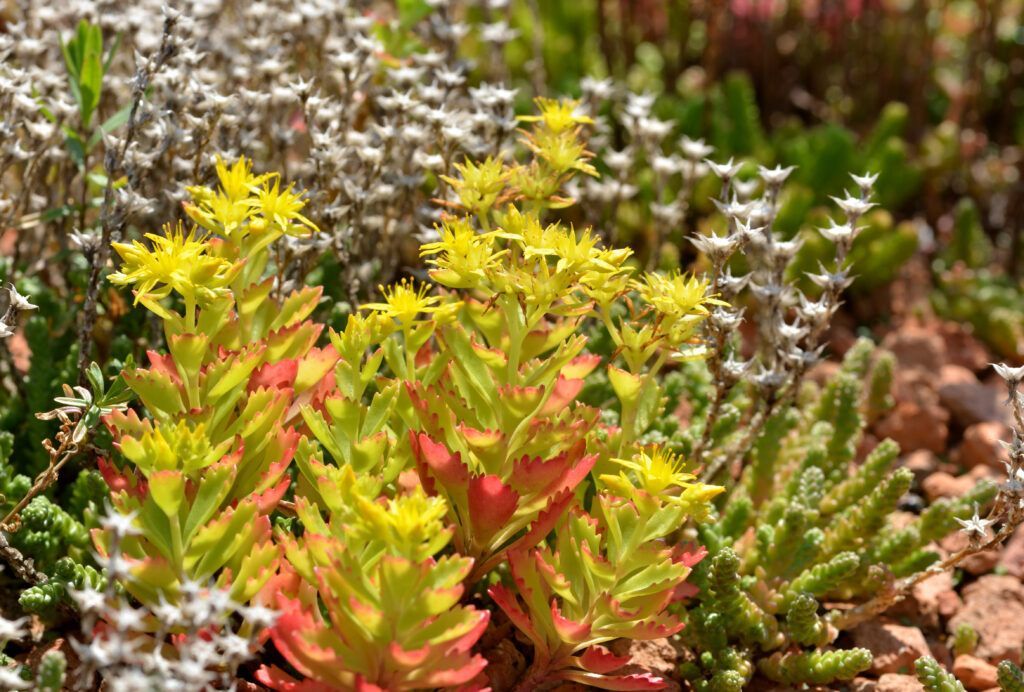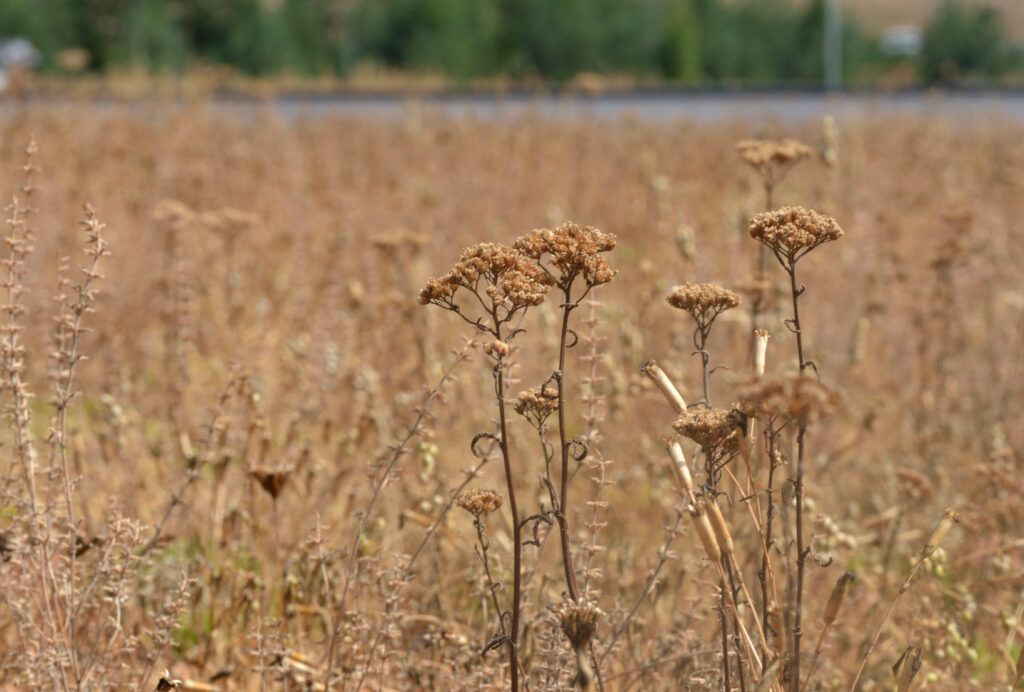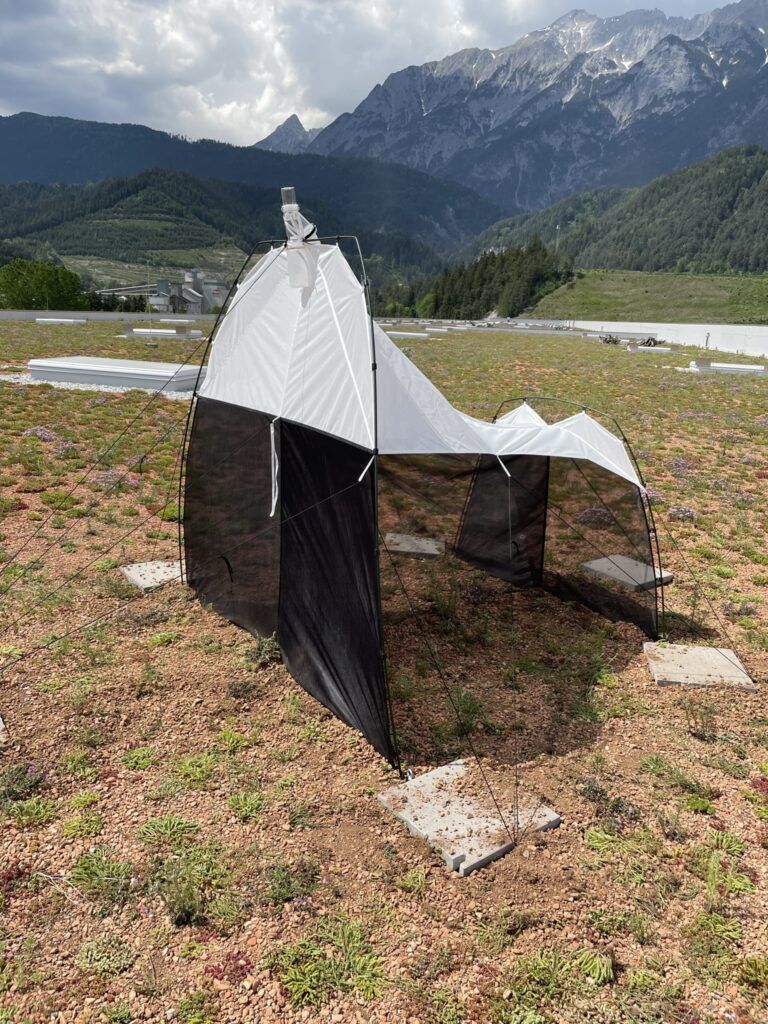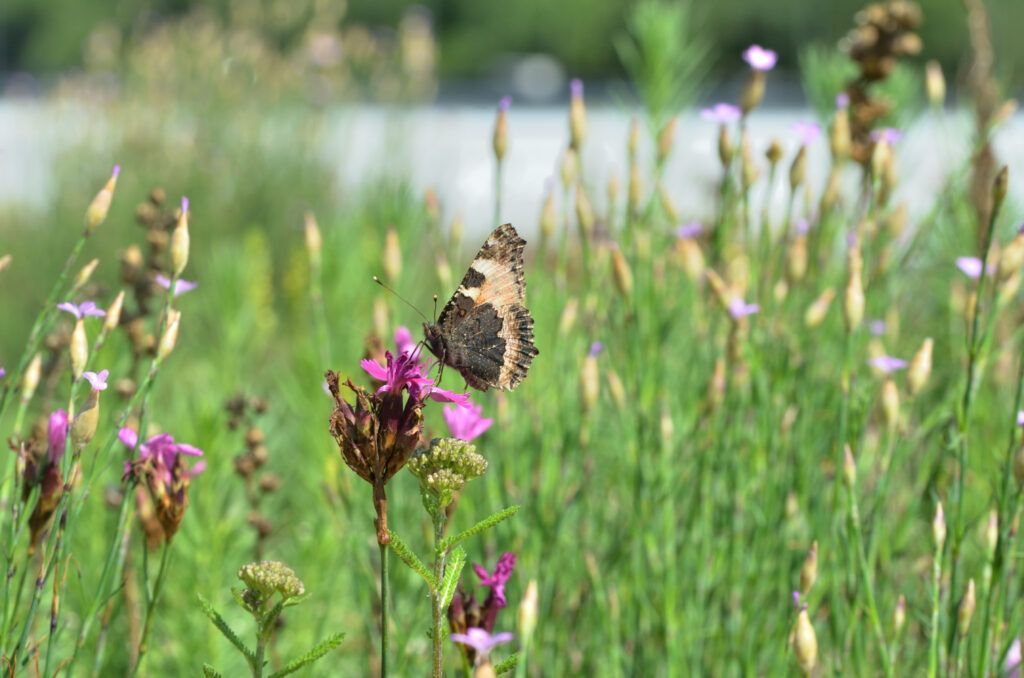Green roof: habitats facing climate change and biodiversity crisis
Sustainable design of urban spaces
In view of climate change and the biodiversity crisis, the sustainable and life-friendly design of urban spaces is of great importance – both in Austria and globally. In Austria, a total of 5768 km² has been sealed by construction activity by 2020. That is 7% of the land area and 18% of the available permanent settlement area. In cities, the mainly unused roof surfaces account for 30-50% of sealed surfaces, which is why green roofs and facade greening are increasingly being propagated as an important contribution to sustainable building.


Biodiversity and Climate Change
The structural advantages of green roofs, such as the retention of rainwater or insulation against heat and cold, are well documented. However, the contribution of green buildings to the promotion of biodiversity as well as the effects of extreme climatic conditions (such as heat and drought) on the green roof vegetation have so far been insufficiently investigated.
Collaborative research
In the project „Green roof habitats“ scientists and involved schools work togehter to answer the following research questions:
- how can green roofs contribute to promote biodiversity
- whether green roofs in the Alpine region can persist in the long term in view of climate change and the associated extreme weather events, and
- which modern methods for surveying insect diversity are particularly useful in the context of Citizen Science.
These questions will be investigated with schools and citizen scientists that have access to green roofs. The contributions of schools include maintaining insect traps, measuring parameters such as temperature and soil moisture and surveying plants and animals on the green roof and in the surroundings of the schools.


Important contribution to raising awareness
Through investigations in the immediate vicinity of the school, reference is made to the reality of life of the pupils involved. In this way, even complex topics such as biodiversity, climate change and genetic methods can be taught in a practical way and awareness is raised for global change related issues. In addition to the schools involved, owners of green roofs can also participate in the research by reporting private green roofs in a database and carring out simple observations (e.g. of butterflies).

